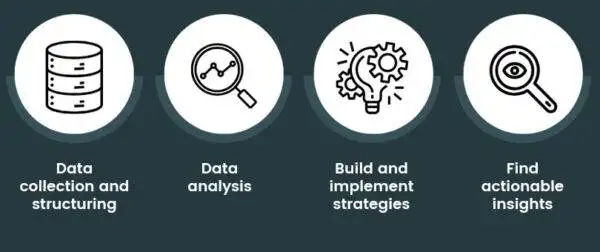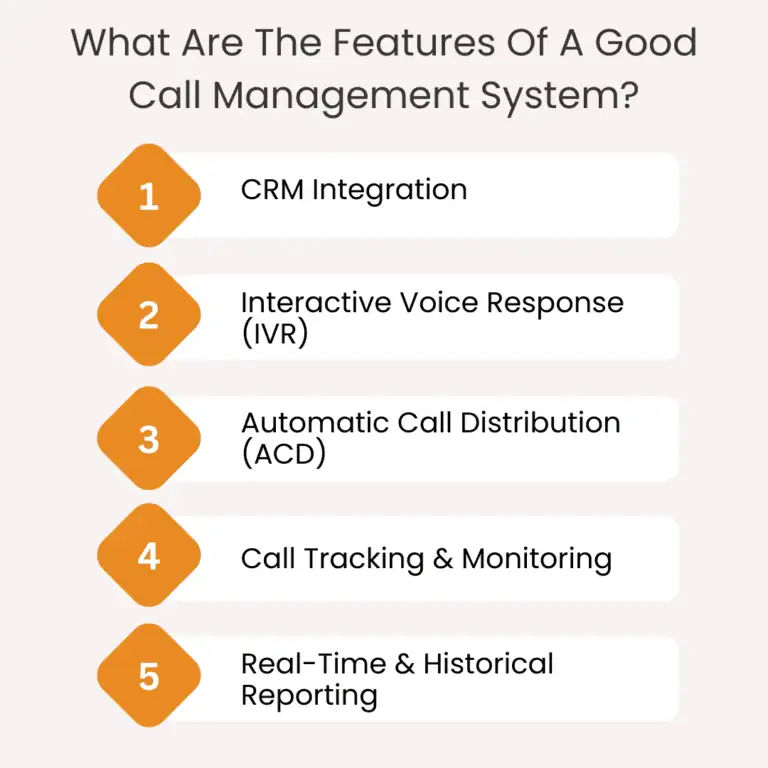Maximizing Team Productivity with Call Data Analytics and Field Service Management Tools

Did you know that businesses lose up to $62 billion annually due to poor customer service?. With mounting competition, organizations are under pressure to enhance operational efficiency and improve team productivity.
Modern technologies like call data analytics and field service management tools are changing the game. These innovations streamline communication, optimize workflows, and deliver actionable insights to help businesses make informed decisions. This guide dives into how these tools can drive operational excellence, boost customer satisfaction, and support sustainable business growth.

The Evolution of Business Communication Management
Traditional Challenges in Business Communication
Before the advent of modern tools, businesses often relied on manual processes and fragmented systems to manage communication. These methods were time-consuming, error-prone, and inefficient. Problems such as miscommunication, inconsistent record-keeping, and delays in response were commonplace, leading to dissatisfied customers and operational bottlenecks.
Rise of Integrated Solutions
The digital age brought about a seismic shift in business communication. These systems not only streamline communication but also provide actionable insights that empower businesses to make informed decisions.
Modern call management systems have eliminated the need for manual documentation through automated call logging and recording. This allows team members to focus on high-value activities, such as building customer relationships and resolving complex issues. Additionally, real-time analytics provide managers with the data needed to optimize team performance and improve operational efficiency.
Call Data Analytics for Performance Optimization
Call data analytics is a game-changer for businesses looking to enhance productivity. By analyzing various metrics, organizations can gain a deeper understanding of their operations and identify areas for improvement.
Quantitative Metrics
- Call Volume Analysis: Identifies peak communication periods, enabling better staffing and resource allocation.
- Response Rate Tracking: Highlights patterns in customer engagement and helps refine outreach strategies.
- First-Call Resolution Metrics: Measures the efficiency of issue resolution, providing insights into training and resource needs.
Qualitative Metrics
- Customer Satisfaction Scores: Offer valuable feedback on service quality and areas for improvement.
- Call Quality Assessments, along with call monitoring, enable managers to evaluate performance and provide targeted coaching.
- Issue Resolution Effectiveness: Measures how well teams address customer needs, helping identify process gaps.
Advanced Features and Benefits
FreJun‘s comprehensive platform is designed to address the challenges of modern business communication. Its advanced features include:
Key Features
- Virtual Number Provisioning: Maintains professional communication channels while protecting employee privacy.
- Click-to-Call and Automated Dialing: Reduces the time spent on manual call initiation, boosting efficiency.
- Intelligent Analytics: Provides detailed performance reports and AI-powered insights for data-driven decision-making.
- Team Productivity Tracking: Enables managers to monitor performance and implement process optimizations.
Benefits
- Enhanced Efficiency: Automation reduces administrative burdens, allowing teams to focus on core tasks.
- Improved Decision-Making: Real-time data and analytics provide actionable insights for strategic planning.
- Seamless Integration: Compatibility with existing CRM systems ensures consistent data flow and operational efficiency.

Integration and Implementation Strategies
Successful implementation of call analytics and field service management tools requires a strategic approach. Here are the key steps to ensure a smooth transition:
Step 1: Conduct a Comprehensive Audit
Start by evaluating your current communication processes and performance levels. Identify pain points and areas for improvement to establish benchmarks for future enhancements.
Step 2: Define Objectives
Set clear goals for the implementation, such as improving first-call resolution rates, increasing customer satisfaction, or reducing operational costs. These objectives will guide your strategy and help measure success.
Step 3: Ensure Seamless Integration
Integration with existing systems is critical for maintaining data consistency and efficiency. Work closely with your IT team to address potential challenges, such as data migration and security concerns. To ensure seamless data flow, consider using MongoDB CDC to capture and synchronize changes in real time across systems, maintaining data consistency and integrity throughout the integration process.
Step 4: Develop a Training Program
Provide comprehensive training to ensure team members understand the new tools and can leverage their capabilities effectively. Tailor the training to address the specific needs and roles of different users.
Step 5: Monitor and Optimize
Regularly review system performance and gather feedback from users to identify opportunities for improvement. Use analytics to make data-driven adjustments and ensure continuous optimization.
Measuring Success and Return on Investment
To evaluate the impact of call analytics and field service data management tools, organizations should track key performance indicators (KPIs). These include:
1. Efficiency Metrics
- Reduction in Average Handling Time: Indicates faster issue resolution and improved efficiency.
- Increase in Daily Call Volumes: Reflects enhanced productivity and capacity.
2. Customer Satisfaction Metrics
- Higher Customer Retention Rates: Demonstrates improved service quality and satisfaction.
- Positive Feedback and Reviews: Validates the effectiveness of communication strategies.
3. Cost Metrics
- Operational Cost Reductions: Results from streamlined processes and improved resource utilization.
- Revenue Growth: Achieved through better customer engagement and higher conversion rates.
Advanced Features and Future Trends
The field of call analytics and service management is rapidly evolving. Emerging technologies are shaping the future of business communication, offering new opportunities for optimization and growth.
1. Artificial Intelligence and Machine Learning
AI and machine learning are enhancing predictive capabilities, allowing businesses to anticipate customer needs and tailor their services accordingly. These technologies also enable advanced analytics, such as sentiment analysis and trend forecasting. To make these systems work properly, data annotation is key, as it helps teach the algorithms to recognize patterns and understand the context.
2. Voice Recognition and Natural Language Processing
Advancements in voice recognition are improving the accuracy of call transcription and analysis. Natural language processing enables deeper insights into customer interactions, helping businesses understand and address their concerns more effectively.
3. Remote Work Integration
With the rise of remote work, mobile-first solutions and cloud-based systems have become essential. These tools provide flexibility and accessibility, ensuring seamless communication and collaboration regardless of location.
4. Enhanced Security Features
As organizations handle sensitive customer data, robust security measures are critical. Modern systems offer encrypted communications, secure data storage, and comprehensive audit trails to protect information and maintain compliance.
Overcoming Implementation Challenges
Implementing new communication and analytics systems can be challenging. Common hurdles include:
- Resistance to Change: Addressed through clear communication about benefits and stakeholder engagement.
- Technical Integration Issues: Mitigated by thorough planning and collaboration with IT teams.
- Data Migration Complexities: Managed through careful preparation and backup procedures.
- Training Requirements: Ensured through comprehensive programs tailored to user needs.
Security and Compliance Considerations
Data security and regulatory compliance are critical in modern business communication systems. Organizations must:
-
Implement Robust Security Measures: Including encryption, access controls, and secure data storage.
-
Maintain Compliance with Regulations: Such as GDPR, HIPAA, or industry-specific standards.
-
Conduct Regular Security Audits: To identify vulnerabilities and ensure ongoing protection.
Maximizing Long-Term Success
To achieve sustainable improvements, organizations should adopt a continuous improvement mindset. This involves:
-
Regular Performance Reviews: Evaluate system effectiveness and identify optimization opportunities.
-
Ongoing Training Programs: Ensure team members stay proficient with tools and best practices.
-
Stakeholder Feedback Sessions: Gather insights from users to refine processes and features.
Staying informed about emerging technologies and industry trends is also crucial for maintaining a competitive edge.
Conclusion
The integration of call data analytics and field service management tools represents a significant opportunity for businesses to enhance productivity and service delivery. Solutions like FreJun provide comprehensive capabilities that address modern communication challenges and drive substantial business growth.
Organizations that embrace these tools and strategies will be better positioned to meet evolving customer expectations and maintain a competitive advantage. The journey to enhanced productivity is ongoing, but with the right approach, businesses can achieve lasting success.
Ready to transform your operations? Start by assessing your current needs, researching available solutions, and developing a comprehensive implementation plan.